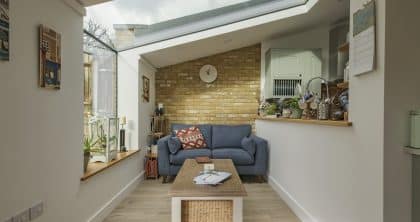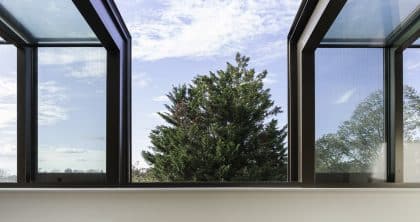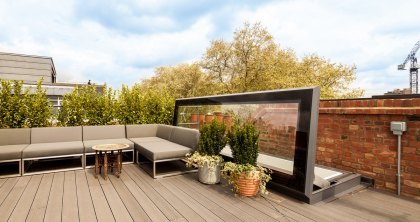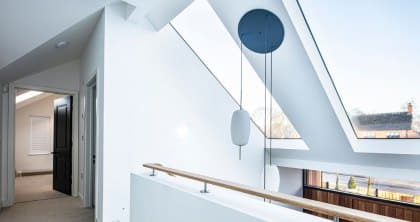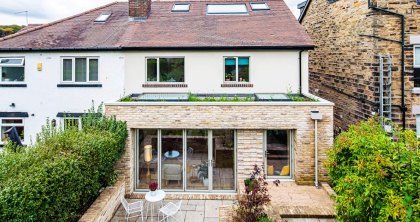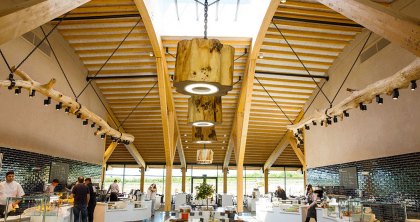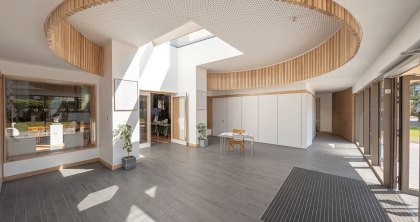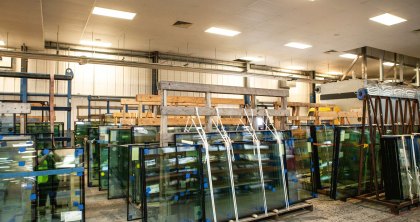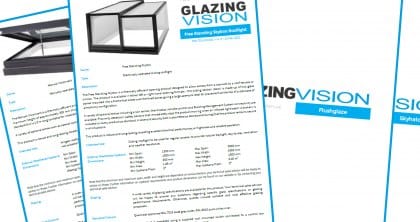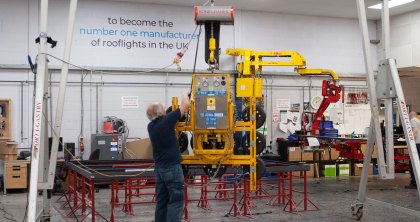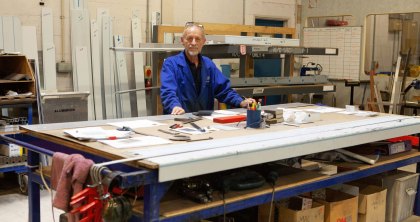Posted on May 30, 2018 in Blog
When looking to specify or purchase rooflights or roof windows, certainly terminology appears repeatedly. But the meaning or significance of that terminology is not always clear. This post explains three common features.
Double, triple or quadruple glazed?
These days, most people understand the benefits of having a glazing unit that is more than just single glazed. Double glazing, triple glazing and even quadruple glazing improve the thermal – and acoustic – performance by introducing sealed layers of gas between the panes.
A well-known feature of products is to fill the sealed space between panes with an inert gas like argon, whose thermal conductivity is some 34% lower than still air. Some manufacturers use krypton and xenon, both of which offer further improvements in thermal efficiency, but which are more expensive.
The U-value of a typical double glazed unit is likely to be around 1.1 W/m2K; a triple glazed unit could be expected to offer a U-value of around 0.60 W/m2K when filled with argon gas and featuring a low emissivity coating.
Low emissivity coatings
A material’s emissivity determines the amount of thermal radiation emitted from its surface, and depends not just on the material itself, but the nature of its surface. A clean and polished metal surface, for example, has a lower emissivity than a dirty, oxidised metal surface. Low emissivity (low-e) surfaces emit less thermal radiation.
Glazing units benefit from this through the application of a microscopic coating of tin, silver or zinc to certain faces of the glass panes in the unit.
Heat energy from the sun, in the form of short wave radiation, passes through the coating to heat the building’s interior. When that heat energy leaves the building again, it is in the form of long wave radiation. Glass with a low-e coating emits less long wave radiation, effectively keeping more of the heat energy in the building.
There are two types of coating: hard and soft. Hard coat is applied while the glass is still molten, whereas soft coat is applied later in the process. Hard coat is more durable, as its name suggests. Soft coat remains delicate, is only applied to the sides of panes facing into a sealed airspace, and has a lower emissivity than hard coat.
The difference in emissivity between the two means glazing with a hard coat treatment will typically offer a centre pane U-value of 1.4 W/m2K, while a soft coat treatment will see that improved to 1.1 W/m2K. It’s a meaningful distinction, yet some manufacturers will simply claim their glazing to be “low e”.
Making a hard coat treatment sound like a similar benefit to soft coat is another reason for specifiers to be aware of the features of the products they’re selecting, and confident in the manufacturer they choose to work with.
Thermal breaks
It’s generally assumed that a frame design, especially one of aluminium or another metal, incorporating a thermal break will deliver better performance. In fact, thermal breaks sometimes result in a worse performance.
To incorporate a thermal break typically means making the frame section larger, thereby increasing the exposed surface area and increasing the risk of condensation on the internals of the frame.
In some instances, low profile frame designs outperform larger, thermally broken ones. The danger is in assuming that thermal breaks are always better and asking for them as a matter of routine, meaning specifications fail to reflect the best choice of product. The key is to determine how much of the metal frame, if any, is exposed to the warm internal air.
Many documented cases of cold bridging can be traced back to a failure to follow the manufacturer’s installation guidelines, notably at the junction between the product and roof fabric. Where a rooflight is installed on an upstand or kerb, and lead or aluminium flashing is lapped over the upstand, the flashing can be left in contact with the rooflight frame. A cold bridge is formed, and a thermally efficient frame design is undone.
This topic, along with a lot more, is explored in our ‘Thermal Performance of Roof Glazing’ white paper, available to download for free here.

